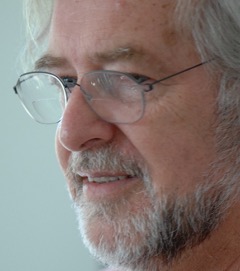
Brian Cronin
is a British Chartered Patent Attorney and European Patent Attorney with over 45 years experience, having a technical background in physics and physical chemistry. His practice Cronin Intellectual Property is located in Nyon, Switzerland. Apart from drafting at work and supervising trainees, he has been giving courses for drafting European patents since 1992. His book Drafting & Amending European Patents condenses his vast experience into a comprehensive analysis for seasoned professionals and beginners. It contains numerous references to US practice and will be useful to US practitioners interested in protection in Europe.

Recent Articles by Brian Cronin
The problem-solution paradigm has become a cornerstone of patentability in Europe. If the invention cannot be reduced to the format of a technical solution to a technical problem, this could be a sign that either the supposed invention is non-technical, or the contribution over the state of the art is non-technical. In Europe, non technical inventions are excluded much in the same way as abstract ideas are deemed non-patent eligible in the US. Inventions that make no technical contribution are refused for obviousness. The EPC and the subsequent case law do not have a precise definition of what is technical (non-abstract) and non-technical (abstract). Nevertheless there is a growing body of case law on inventions which involve a mix of technical features and non technical features and that are refused for lack of inventive step because the non-technical features are disregarded.
There is a plausible case that the US law on obviousness is indeed compatible with the EPO problem-and-solution approach. It could even be said that the steps of the problem-and-solution approach appear to have been inspired by US law and practice! Under present working styles, USPTO examiners concentrate on the claims and spend little or no time reading the description. If they are to initiate obviousness rejections using the problem-and-solution format they would have to change habits and consult the description to locate any effects related to the distinguishing features.

![[IPWatchdog Logo]](https://ipwatchdog.com/wp-content/themes/IPWatchdog%20-%202023/assets/images/temp/logo-small@2x.png)
